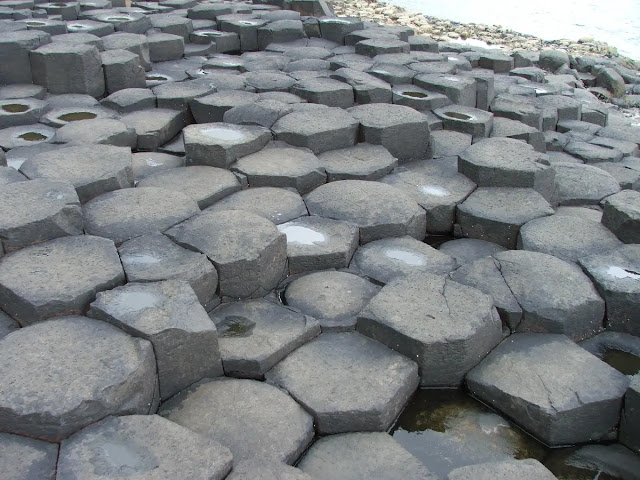Snowflake Obsidian
Snowflake obsidian is a stunning naturally occurring volcanic glass, characterized by its black base speckled with white or gray snowflake-like patterns. These distinctive markings are actually spherulites, tiny clusters of needle-shaped quartz crystals called cristobalite, formed during the rapid cooling of the molten lava.
Snowflake obsidian is a type of obsidian with white or grayish spots. These spots are called spherulites, and they are composed of needle-shaped cristobalite, a type of quartz. The "snowflakes" vary in size and density, creating unique patterns like clusters, swirls, or delicate speckles.
Snowflake Obsidian is usually black in color, with white spots called Phenocryst. It resembles snowflakes, hence the name.
Snowflake Obsidian formation
Snowflake Obsidian is formed when the felsic lava from a volcano rapidly cools down with very minimum crystal growth. It’s basically a volcanic glass that formed as an igneous rock.
Obsidian's high silica content makes the lava it forms from highly viscous, or thick. It also has a low water content, since as the magma reaches the surface, most of the water evaporates as steam. The lava therefore moves quite slowly. The composition of obsidian can change over time, just as any type of rock changes over time, moving through different phases of the rock cycle.
The white or grayish spots in snowflake obsidian are formed when the lava contains small amounts of water. As the lava cools, the water molecules escape and form tiny bubbles. These bubbles then solidify into cristobalite crystals. The size and distribution of the cristobalite crystals determines the appearance of the snowflake obsidian.
 |
| Polished Snowflake Obsidian |
Snowflake Obsidian Properties
Composition: Primarily silicon dioxide (SiO₂) with inclusions of cristobalite (a high-temperature polymorph of quartz). Cristobalite forms the "snowflake" patterns through radial crystallization within the glass.
Color: Black base with white or grey snowflake-like patterns.
Hardness: 5-6 on the Mohs scale, making it relatively hard and scratch-resistant.
Luster: Vitreous (glassy).
Transparency: Opaque to translucent.
Density: 2.3-2.5 g/cm³
Refractive index: 1.48-1.50
Fracture: Conchoidal
Diaphaneity: Translucent to opaque (depending on thickness and concentration of snowflakes)
Texture: Glassy: Due to its rapid cooling from molten lava, Snowflake obsidian doesn't have a crystalline structure like most minerals.
 |
| Rough Snowflake Obsidian |
Where to find Snowflake Obsidian
Snowflake obsidian is found in many areas around the world where volcanic activity has taken place. Some of the most famous locations for snowflake obsidian include:
Iceland: The Blue Lagoon, a geothermal spa in Iceland, is known for its beautiful snowflake obsidian formations.
Mexico: The state of Puebla in Mexico is home to a number of obsidian mines, including the famous Teotihuacan mines.
United States: The western United States is home to a number of obsidian deposits, including the Obsidian Cliff in Yellowstone National Park.
It’s also known as White Snowflake Obsidian and Gray Snowflake Obsidian. Large deposits of Snowflake Obsidian can be found in Mexico, Iceland, and the USA.
Uses
- Jewelry: Popular for making cabochons, beads, pendants, and other ornamental pieces.
- Healing: Believed by some to possess metaphysical properties associated with grounding, balance, and protection.
- Art and decoration: Used for sculptures, figurines, and other decorative objects.
 |
| Snowflake Obsidian |
Chrysanthemum Stone: Natural Flower Stone
What is Green Obsidian?

.webp)


%20(1).webp)




